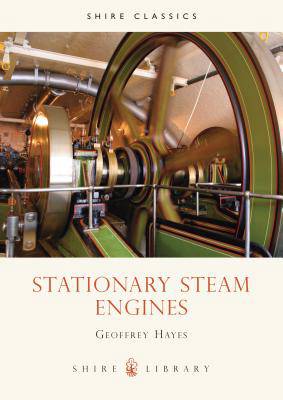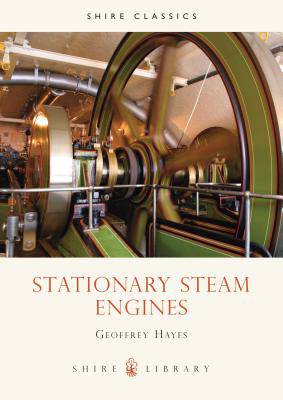
- Afhalen na 1 uur in een winkel met voorraad
- Gratis thuislevering in België vanaf € 30
- Ruim aanbod met 7 miljoen producten
- Afhalen na 1 uur in een winkel met voorraad
- Gratis thuislevering in België vanaf € 30
- Ruim aanbod met 7 miljoen producten
Zoeken
Omschrijving
In Victorian times the steam engine was almost the only source of mechanical power. Thousands of these engines were at work driving machinery in factories and pumping stations throughout Britain, but following the development of the electric motor steam power has become virtually extinct in British industry. Ironically, with their disappearance from commercial use, more engines are available for public viewing than ever there were during their heyday, and some can be seen operating under steam in the places where they spent their working lives. To most people these engines will seem complex and mysterious. This book aims to resolve some of the complexities and mysteries. It gives an outline of the development of the stationary steam engine and explains in simple language how it works.
Specificaties
Betrokkenen
- Auteur(s):
- Uitgeverij:
Inhoud
- Aantal bladzijden:
- 32
- Taal:
- Engels
- Reeks:
Eigenschappen
- Productcode (EAN):
- 9780852636527
- Verschijningsdatum:
- 22/11/2011
- Uitvoering:
- Paperback
- Formaat:
- Trade paperback (VS)
- Afmetingen:
- 142 mm x 203 mm
- Gewicht:
- 68 g

Alleen bij Standaard Boekhandel
+ 20 punten op je klantenkaart van Standaard Boekhandel
Beoordelingen
We publiceren alleen reviews die voldoen aan de voorwaarden voor reviews. Bekijk onze voorwaarden voor reviews.











